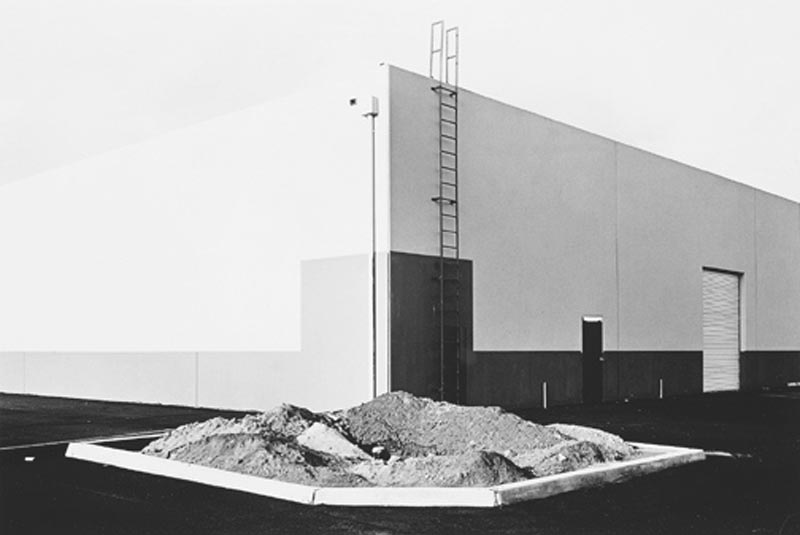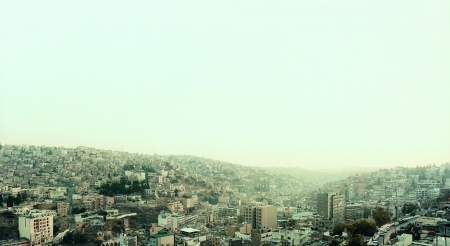The New Topographics–
The New Topographics was a term developed in 1975 by William Jenkins, used to describe a group of (mainly American) Urban landscape photographers. Their work was mostly in black and white, and looked at the relationship between human development and the natural world. Some notable members of this group include Robert Adams, Lewis Baltz, Nicholas Nixon, and Bernd and Hiller Becher. Their works are often in a deadpan or banal aesthetic, used to show the rigid, stark design of industrial construction.



Rut Blees Luxemburg Case Study–
Rut Blees Luxemburg is a German-born, British Photographer. Her images are mostly of Urban Landscapes at night, using vibrant colours and unique lighting to create unique and memorable images.

An image taken by Luxemburg in 1999. It is of some city steps while it is raining and night. The water reflects a harsh city light juxtaposing the dark concrete of the stairs and walls, making it look like there is a waterfall of light. These playful and unique compositions contrast the stark industrial architecture of many cities and perfectly fits the goal of the New Topographics movement. There are no people in this image, only the remainders of some footsteps being swallowed by the rain, making the audience feel isolated and lonely, as well as making them to experience the sublime, the footsteps being washed away as a reminder of how small humanity really is in comparison to nature, even in a big city.

Once you have completed your photo walk from Havre Des Pas to La Collette you should aim to make comparisons with photographers and their work
Your image selection and editing may be guided by this work…and you must show that you can make creative connections.
Albert Renger Patszch and The New Objectivity
https://www.atlasofplaces.com/photography/new-objectivity/
Keld Helmer Petersen
https://www.keldhelmerpetersen.com/1950-1959